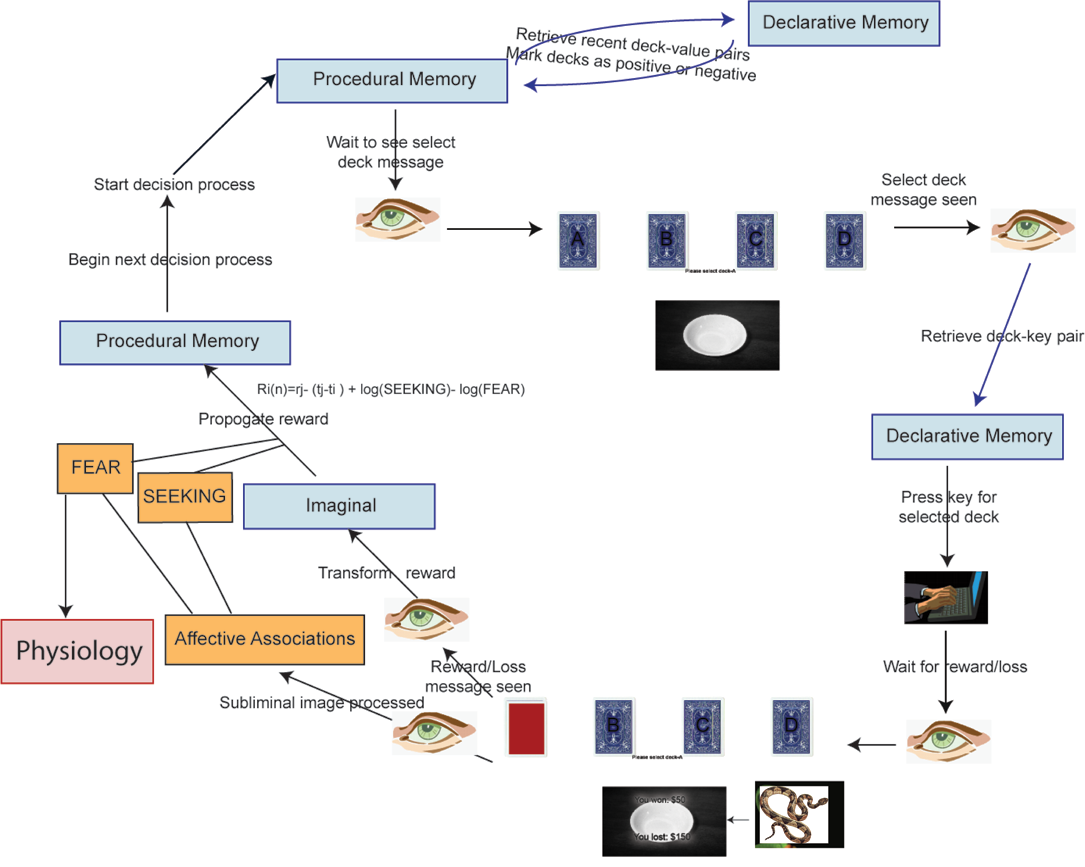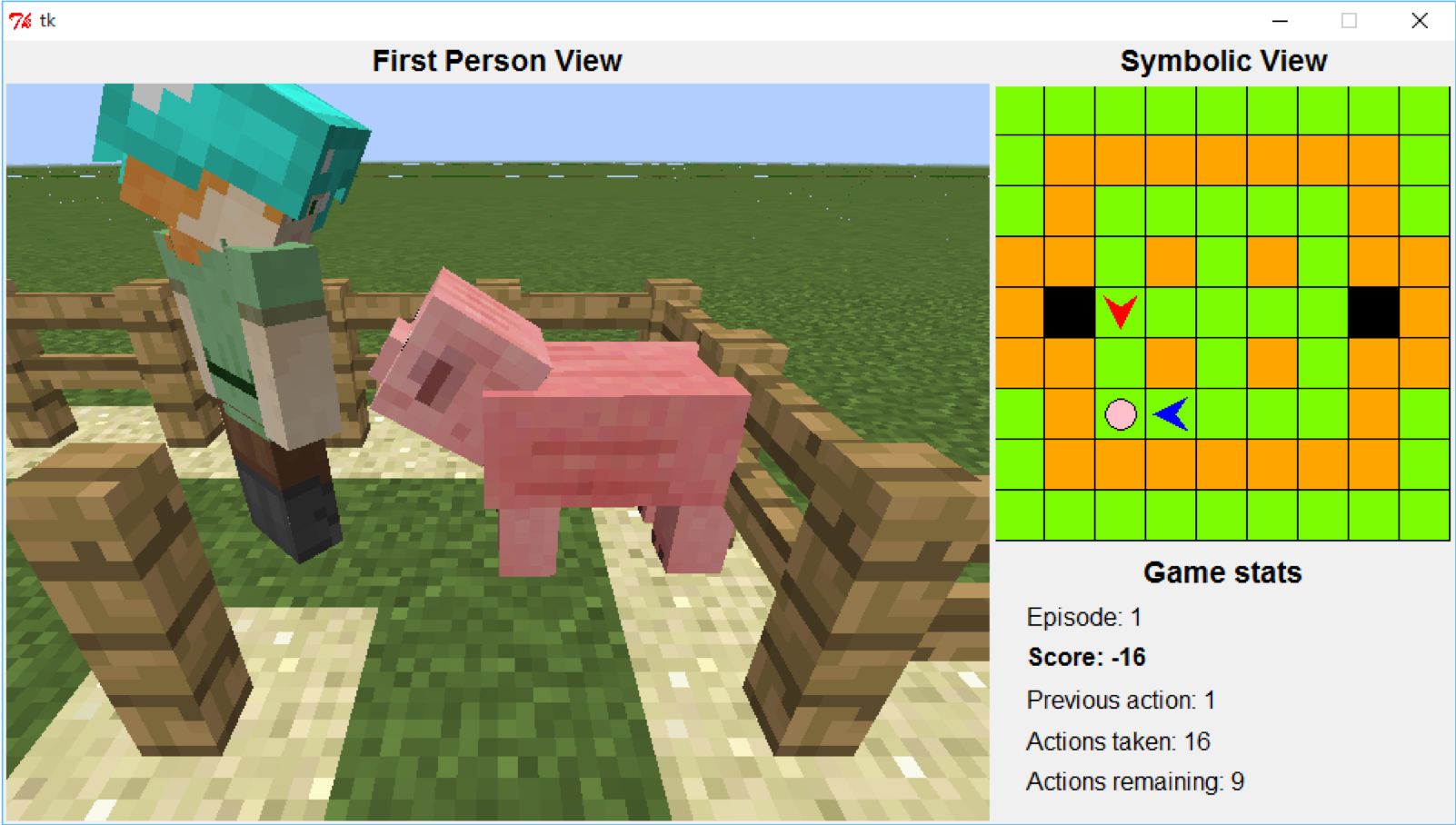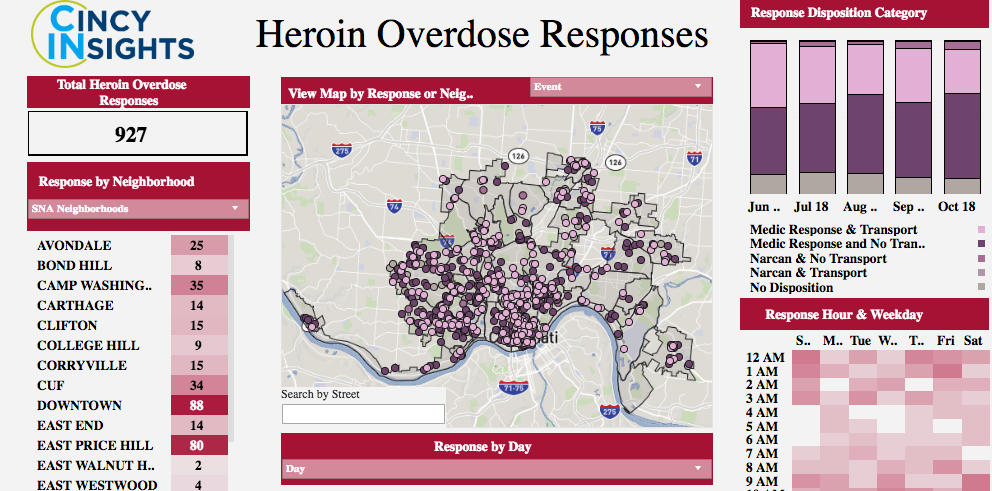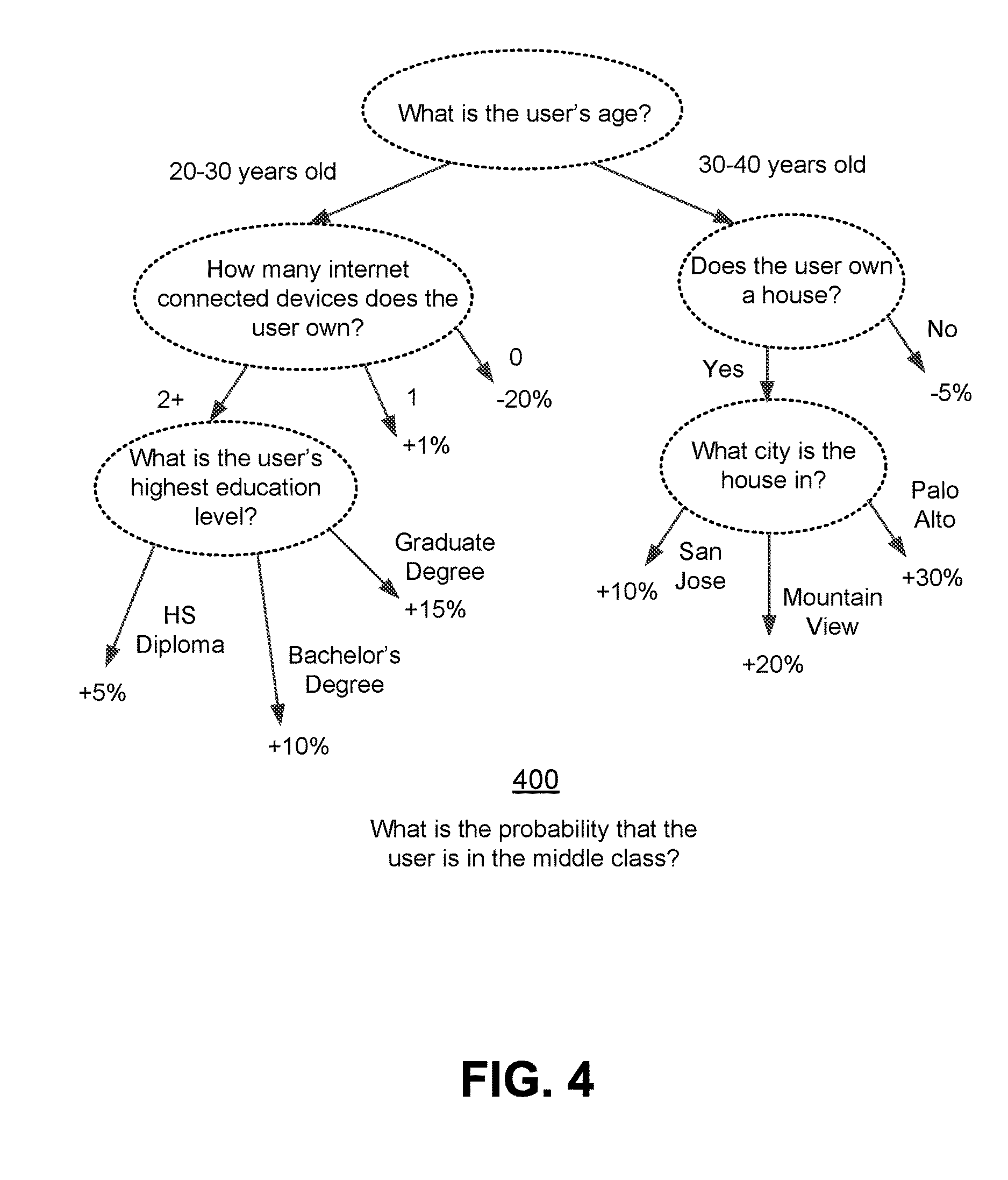- Prof. Dancy's Site - Course Site -
AI & CogSci Midterm Project
Shortcuts:
Project Objectivs & Overview
Example Project Options
Project Critera
Project Deliverables
Project Point Breakdown
Project Milestones & Dates

I’m down, I’ve got the 4-1-1. You are not going to go out and get jiggy with some AI or theory of human behavior without having to think about the unintended consequences. I don’t care how dope its accuracy is
Image from 10 things I hate about you...look at that SD resolution!
Teams of three students
Teams will be assigned by Prof. Dancy
Due-Dates:
- Phase 1 (Team info email): 04-Oct
- Phase 1 (GEA Worksheet): 07-Oct
- Phase 2: 16-Oct (11:55am)
- Phase 2 presentations on 16-Oct (in class)
- Phase 3 (Final): 04-Nov (11:55pm)
- Final presentations on 04-Nov & 06-Nov
Objectives
- Gain experience using some theory/method related to AI and/or Cognitive Science and applying that theory/method to a problem. You may use an expanded version of a method we’ve gone directly over in class, or pick another area of AI/Cognitive Science that we may have not gotten to, but still falls under the same ideals.
- Gain experience reading and reviewing previous research in an AI/Cognitive Science area (related to your method and problem).
- Gain further experience organizing your ideas related to a given problem and solution into a coherent message.
- You’ll get to do this with your presentations, Paper, and Medium Article
- Think and reflect upon the potential unethical impacts of creating an intelligent system, even those that may result from a use not originally intended.
Midterm Project Overview
Back to shortcuts
It may be best to start with these two passages from Abeba Birhane, who is at UC Dublin.
An implicit assumption that AI is some sort of autonomous, discrete entity separate from humans, and not a disruptive force for society or the economy, underlies this narrow one-dimensional view of AI and the preoccupation with the creation of artificial self. Sure, if your idea of AI revolves around sentient robots, that might bear some truth. This implicit assumption seems, to me, a hangover from Cartesian dichotomous thinking that remains persistent even among scholars within the embodied and enactive tradition who think that their perspectives account for complex reality. This AI vs humans thinking is misleading and unhelpful, to say the least.
AI systems are ubiquitous and this fact is apparent if you abandon the narrow and one-dimensional view of AI. AI algorithms are inextricably intertwined with our social, legal, health and educational system and not some separate independent entities as we like to envision when we think of AI. The apps that power your smart phone, the automated systems, including those that contribute to the decision towards whether you get a loan or not, whether you are hired or not, or how much your car insurance premium will cost you all are AI. AI that have real impact, especially on society’s most vulnerable.”
This project is your opportunity to apply a method or theory from AI/Cognitive Science to explore and try to solve a problem; this may be particularly for those of you who want to learn more about a theory/method before starting your final project.
However, the bigger opportunity is to consider how something you develop may be used in ways that are unethical and/or detrimental to our society. What's more, you'll have the opportunity to consider how your topic interacts with historical and/or current inequality.
If you are looking for some places to start, I’d say go no further than the blog from which the quote above came (https://abebabirhane.wordpress.com/). I asked a few colleagues about recommendations a while back and I’ve found that blog to be useful as a starting point for some things.
Half of the work with these projects is identifying a problem, understanding why we should care, and understanding why your take/solution is worth trying. Though this course has many transactional elements this meant to be more of an opportunity for it to be transformational. Though you will likely go on to allow much of the knowledge from this class to decay in memory, I want you to have an opportunity to cement some related knowledge in your memory through this project. If you do well enough (and are lucky enough to pick the correct problem), a project such as this could blossom into further applications and/or research (maybe even a published research paper!)
This End point of the project will involve four major parts:
The research paper (a 3-4 page extended abstract), The implementation (in code), The presentation (keynote, powerpoint, prezi, etc.), The medium article.
This is your opportunity to experience completing larger AI project on a team that involves developing a research report/paper to accompany your actual implementation. This will also be your opportunity to explicitly reflect upon potential ethical implications of your work and how these implications may relate to other examples of unintended unethical work in AI and Cognitive Science.
You will carry out the following steps (not necessarily in order) to bring your project from concept to completion:
-
Get to know your team. Teams will consist of three people & I will require that everyone speaks equally during the presentations and can explain any part of the research paper (within reason).
-
The team will work together to decide on a particular question or problem they would like to approach with a given theory or method in AI and/or Cognitive Science and what the goal of applying this theory or method will be. The problem formulation is important (what is it that you wish to tackle and why is it important?) Your problem can be a (reasonable) ultimate problem that you wish to tackle by exploring smaller or toy problems.
-
Once you have established the problem, you will begin to map out a proposed model that can be used to explore or solve the problem. This will provide a high-level explanation of how you think whatever method or theory you’re using will apply to the problem at hand. This will also be where you begin to find reports of existing work in intelligent systems that could be considered unethical.
-
To help map this out, you will use the Designing AI worksheet from the beginning of the semester to describe your planned project in terms of goals of your intelligent system, the environment(s) in which your intelligent system operates, and how your intelligent system will adapt to the environment to achieve said goals. This is what is due for your phase 1
-
I will work with teams to check on the status and get estimates of time for the completion of the project. While I will be available to try to make sure you don’t go off into a barren desert, and can help point you to resources if you wish to use a method that we have not gone over, the point of this portion is to give you freedom to do something that you may think is cool using theories and methods from AI and/or Cognitive Science.
- To help foster this, during some days I will may everyone to bring along one burning question that you’d like to try to discuss in class.
-
Make sure you implement things as you go along to test theories and/or methods you want to use! I would suggest that groups meet 2 or more times a week in person to make sure you’re staying on track with the actual work. You don’t want to save all of the work for the last week.
There will be 2 Phases in this project
- Phase 1 (developing the idea & proposing to use a certain method) will be where you’ll present your problem & how you plan to approach that problem (e.g., what theories/methods are you going to use). You will develop a proposed outline that will serve as a starting point for your final report (this will also help me give feedback). You will be tasked with giving a 4-5 minute presentation for this phase.
In addition, to document your work, help you further organize your thoughts, and give you an opportunity to be creative in another venue, you will be writing a Medium article for this phase laying out your problem statement, what your plan is, and how your project is related to existing work (especially existing work that may fall into the unethical space, whether intended or not).
- Phase 2 (the game time phase). This is the final phase and at the end you will have a completed project! You will have completed implemented software, a research paper/report (a 2 page extended abstract) on your project, and a Medium article. You will be tasked with giving a 10-12 minute presentation for this phase that will give details of your project (layout the problem, your approach, past related uses of your approach, past uses of other approaches to the problem, etc.) and also a demo of the implementation of your solution. As a part of this demo, you will also show how it could be use unintentionally in ways that are unethical.
Back to shortcuts
I am leaving the project up to you. It’s up to you to look at the world around us and pick out a problem you want to explore and to which you wish to apply theory/methods from AI or cognitive science. Below I include some general areas that you could jump into with your project. You may recognize these from the midterm project writeup. Indeed, the only difference between this and the previous project is you have more time, experience, and group members, so now there is a greater expectation in the final product!
Using intelligent agents in virtual environments
One past project resulted in a short pub in AAAI!, while another is currently being written up for the same reason (check the article on the CSCI 379 Medium Pub by John A., Joseph D., and Zilin M.) for AIES
Agents in more open environments
You could use some of the foundational algorithms we have gone over to create intelligent agents that complete some set of tasks in some environment (e.g., moving about and surviving in a hostile Minecraft environment or an agent that competes in build battles, http://microsoft.github.io/malmo/blog/BuildBattle/Introduction/#minecraft-build-battles). There are fundamental ways to look at having these agents behave in open-ended environments (e.g., one can look at it as a multi-armed bandit problem), you can research how humans tackle some specific behavior in open-ended environments and create agents that behave like humans (based on some theory).
You could also create agents in some virtual environment or game that looks and acts like a real person to create a pseudo turing test. Creating the environments and scenarios, in addition to some agents, could be very useful!
Using datamining techniques to explore large datasets and understand them
You will likely want to have some experience in stats/datamining for this type of project. It would involve taking some data and coming to interesting conclusions from those data. This should involve understanding why the techniques used by you were use and how they relate to those in the past.
To help understand what I mean see the example below. This is an actual challenge problem you could try to tackle. It was posed as a part of a conference SBP-BRiMS 2018 (Of course, you could use many other datasets from a site like Kaggle to explore a problem, this is just one well formed example.) You could also check out the SBP-BRiMS 2019 challenge for another idea.
Overview
Opioids are a class of drugs that include illegal drugs (heroin), synthetic drug (e.g. fentanyl), and many pain relievers (e.g Vicodin®). These drugs are chemically related and interact with the opioid receptors on nerve cells in the body and brain.
The US is facing an opioid crisis. Deaths from opioids are increasing. Opioid abuse is a serious public health issue. Today, overdose deaths are the leading cause of injury deaths in the US.
In this year’s SBP-BRiMS challenge problem, we ask participants to consider the issue of opioid abuse.
The broad questions of interest are:
- How can we use openly available data design effective intervention strategies?
- What are the socio-demographic and spatial predictors of regions where opioid abuse is likely to increase?
- What interventions might mitigate the opioid problem?
- What populations are most at risk from opioid abuse and where are they?
Rules
- Participants may work individually or in teams.
- Participants must use the Cincinnati Heroin overdose data https://insights.cincinnati-oh.gov/stories/s/Heroin/dm3s-ep3u/
Computational models of human behavior

This category is similar to the 1st one posed, but the focus is a bit different. Here you would be focused more on the psychology/behavioral side and using existing computational models of cognitive science (e.g., cognitive models) to simulate the process of cognitive thought and behavior. You could use a Cognitive Architecture like ACT-R (Python or, gasp, LISP), Soar, or MicroPSI to develop these models for a specified environment or to explore a specific problem. This would rely more on cognitive, neurological, or perhaps social behavioral theory, but could result in some interesting work. This could be anything from “How would you use ACT-R to solve Go like a human” to “How could you use MicroPSI to create an intelligent agent that can recognize humor?” I would suggest you’re careful with this and spitball a bit with me before making a final decision if you think you’d be interested in this area. This can be complex because of the theoretical nature of it and cognitive architectures are fairly complex, so I can hopefully point you in the right direction/get you started.
Deep exploration into the ethics of an existing intelligent system
With all of these examples the assumption is that you will create your own intelligent system and/or environment with a goal in mind. However, another thing that could be done is use existing intelligent systems and environments to explore ethical implications of using an existing intelligent system on within an environment in a way that it works well to accomplish a goal, but in some way that was not originally intended. With this work, the focus is on integrating an existing system in an environment and understanding the potential social and ethical issues with this integration. This is not really much different than what has already been discussed, but the goal of the work changes and thus the references and perspectives will change as well. If you’re unsure about whether you will have enough of a technical implementation should you choose this route, feel free to discuss with me.
Back to shortcuts
All projects/papers must have at least 3 scholarly (peer reviewed) references! (This includes books)
All projects/papers must have at least 3 scholarly (peer reviewed) references! (This includes books)
All projects/papers must have at least 3 scholarly (peer reviewed) references! (This includes books)
All projects/papers must have at least 3 scholarly (peer reviewed) references! (This includes books)
At least one of these scholarly references should be used to address the ethics angle of your project.
Teams
You will be required to work on teams with 3 people on each team (unless the numbers require otherwise). In addition to grading overall project deliverables, I’ll also get feedback from every group member on contribution/group dynamics.
Git
You must use Git to manage all of your material for your project and share this git repo with me. This will help me see how things are progressing and give me information for potential group member disagreements on contribution. One of your group members should create a folder in their git repo called: AICogSciMidtermProject.
Design and Implementation Details
I will periodically check on team progress by checking out the latest documentation, research report, and software from Git. I will only pull from the master branch.
Research Paper (Extended Abstract)
Your final research report should be 3-4 pages in APA format and ~1.5 line space formatting. This should allow you to write enough to explain your problem, approach, and past research related to your work. I expect references and a bibliography section. You can find APA format online. Reference managers can be very useful for keeping all of your references in one place (especially in a group). One thing to remember is that figures can be your friend! Too often, new scientists seem to be afraid of figures. Use them to your advantage when they are the best way to explain something.
Readme
Do all you can to make sure that anyone could pick up your implementation and hit the ground running. This means the documentation should be done well enough that you could leave your project for 10 years and come back to it without too many growing pains. (ALSO MAKE SURE TO USE A README TO YOUR ADVANTAGE)
Final (Phase 2) Presentation
Your team will be required to give a ~10 minute presentation with ~2 minutes for Q & A. You should be sure your presentation works on the classroom computer sometime before your presentation date or you must bring your own laptop, and make sure you know how to project your display on your external monitor port.
Generally, your presentation should present the problem in detail (including why we should care, or at least why you care), past approaches to solving the problem, past uses of your approach to other problems, and your solution. I’d also like a discussion on the progression of the project itself (what dead-ends did you reach? What surprises did you find? etc.)
More specifically, your presentation must provide answers to the following:
- What was your team project?
- Establish required background for the problem domain so that everyone knows what you are talking about
- Establish a motivation for your problem domain. Why is this an important project?
- Discuss what has been done for your problem before?
- Describe those in sufficient detail with references
- Discuss why you chose your solution and how else it’s been used in the past, including with problems related to your project.
- How is your solution related to AI/CogSci
- Discuss your design and implementation
- What are the major components of your model/implementation?
- Draw a figure to show a high-level view of your solution
- Any especially interesting approaches that you chose to use, or tried to use and decided against it? Discuss it!
- Major AI algorithms? Major Cognitive Science Theory/Algorithms? Informed by Psychological Theory? Focus on using aspects of the environment to represent knowledge? Build a robot with consciousness? ;-)
- Discuss connections between your project and existing ethical issues in AI/Cognitive Science. You should use the material that you will be using in your medium article here.
- Conclude by discussing challenges in the project, what you learned, and what you would change if you could go back and start over and why.
- Demonstration — Be prepared to demonstrate your implementation
Your delivered work should be coherent and reasonably organized.
readme.md
In your main project folder, include a readme.md file that provides a brief statement of your project. Include any important details needed to run your program. Use the markdown format as an opportunity to pretty things up in your readme
docs/ResearchReport.pdf
- This is the main research paper where you should go into the problem you tackled, why you chose it, and what you did to try to solve that problem. This should be written like a research paper and have sufficient background on the subject. It should provide some detail on your implementation, but more on the background and the results of your implementation. The conclusion should discuss not only what was correct about your approach, but also what was wrong. You should have a solid foundation of citations (and a references section) to back-up claims made in the paper.
TOTAL: Approx. 3-4 pages. 1.5 spacing
Team self-assessment e-mail
You must individually email me your own assessment of each partner's contribution (including yours) to the project. Please send this to me by the project deadline, otherwise it will not be counted. The details of the e-mail are given below in the milestones section.
Medium Article
You must submit a Medium article to the Bucknell AI & CogSci Medium Publication.
One member will need to setup an account and give me their username. Once I add you as a writer, you can request to post an article :-). One of the tags you use will need to be Csci379. Check the link above for previous examples of Midterm (and Final) projects.
IN general, the break down used to grade the final project is as follows:
| Graded item |
Number of points |
| Design Worksheet |
5 pts |
| Adequate Phase 2 |
15 pts |
| Readme.md |
5 pts |
| Research Report |
25 pts |
| Medium Article |
20 pts |
| Implementation |
15 pts |
| Final Project Presentation |
15 pts |
Back to shortcuts
- 02-Oct — Project assigned — Select team members and project
- 04-Oct, 11:55pm — One person from the team should email Prof. Dancy with the subject : AICogSci Midterm Project Proposal.
- In the e-mail, include the following information:
- Name of your team
- Project chosen
- Project description — include 1–2 paragraphs stating the project description in your own words.
- Perceived strengths and weaknesses of each team member (i.e., how do you envision dividing up duties?) This should be determined from an open, collaborative discussion among the teammates.
- The URL of your remote Git repository (e.g. git@gitlab.bucknell.edu:userid/thisisaproject.git). Be sure that all team members are added to your remote repository, as well as the Prof. Dancy.
- 07-Oct, 11:55pm - Goals, Environment, and Adaptation worksheet due for your project
- 16-Oct – Phase 2 Presentations (4-5 minutes each presentation + 1 minute for Q&A), a rough draft (outline will do) of your final paper, and a rough sketch of the layout and content of your Medium article (this could be as simple as you transforming your outline in a way that makes sense for your medium article). The Rough outline and sketch are due by 11:55pm.
- 04-Nov to 06-Nov — Final In-class presentations (~10 minutes each + ~2 minutes to Q&A). You may not be entirely done with your project, but you should still be able to discuss it in detail by this point, and give a demo based on latest working code.
- 07-Nov, 11:55pm — All project material is due. All relevant material should be checked into git and your Medium article should be ready to be posted. NO LATE WORK ACCEPTED.
- 07-Nov, 11:55pm – Team Self-Assessment – Every member must send a PRIVATE e-mail to Prof. Dancy, with the subject
AICogSci Midterm Project Team Assessment.
In the e-mail, clearly indicate:
- Name of your team
- Project chosen
- Members on the team
- For each member, including yourself, indicate who worked on what
- Rate the amount of work each member contributed as a percentage of the total work.
- If the work effort in your opinion was not evenly distributed, please clearly justify why. (For example, for a 3-member team, if the work was not near 33% for each member, then a justification is warranted.)
Don't forget to have all of your work submitted into Git by the deadline, and pushed to the git remote.
Back to shortcuts
References
Pham, S., Zhang, K., Phan, T., Ding, J., & Dancy, C. L. (2018). Playing SNES Games With NeuroEvolution of Augmenting Topologies. In proceedings of the the Thirty-Second AAAI Conference on Artificial Intelligence, New Orleans, LA, 8129-8130.




